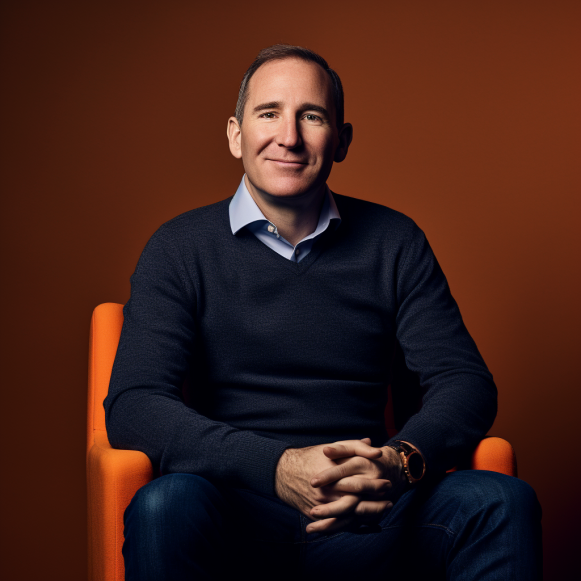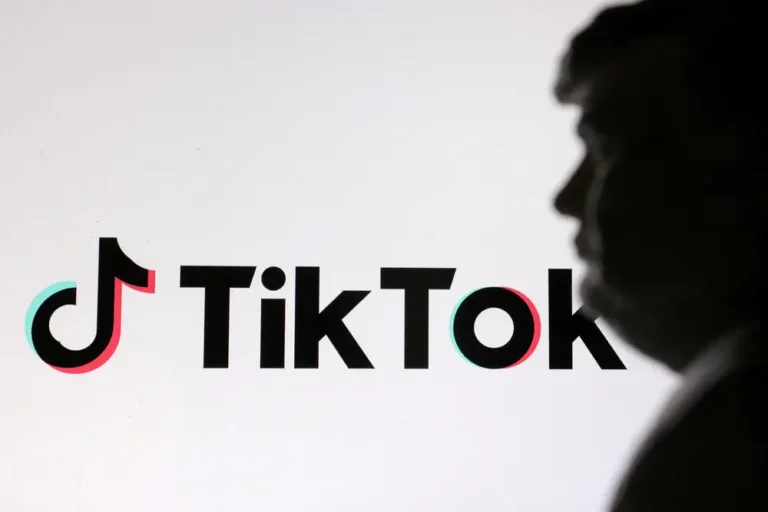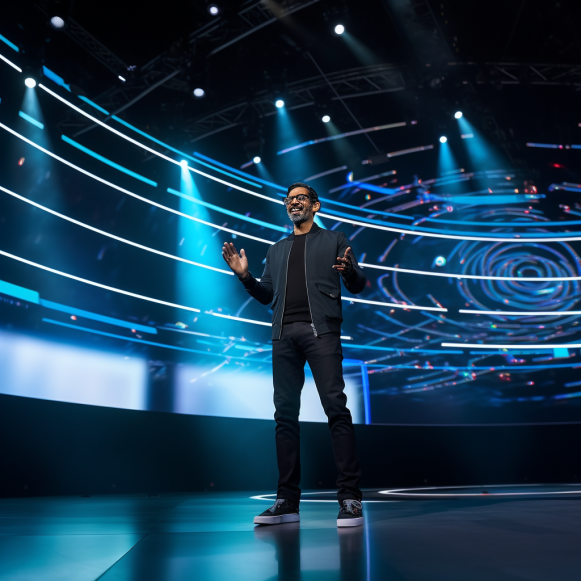I’m a telecommunications expert — here’s how I think IoT can help prevent wildfires and save our forests
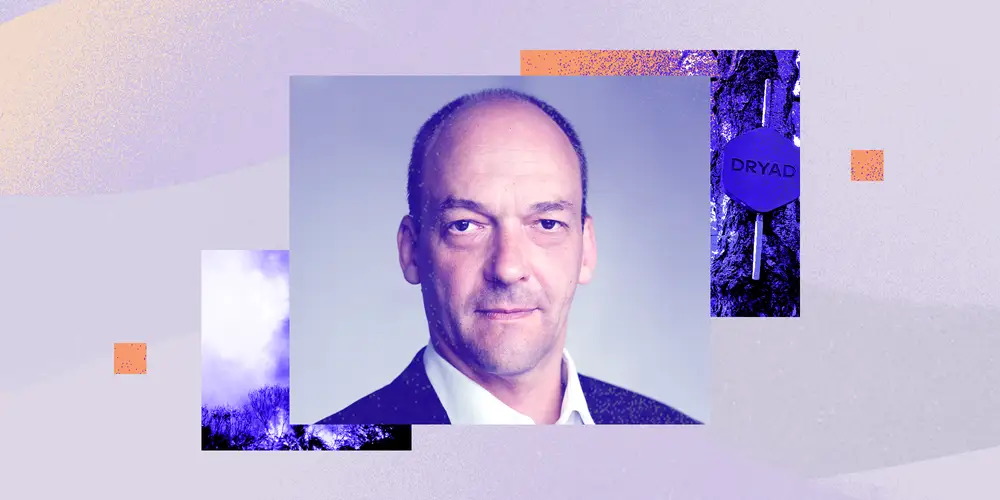
You know the saying “Once you have a hammer, everything starts to look like a nail”?
That’s what happened when I started learning more about the planet’s growing wildfire problem and its impact on climate change. With 25 years of experience scaling three startups in telecommunications, I wondered how I could apply that technical and business knowledge to solving this problem.
What if we could create sensors that could detect wildfires and then have those sensors communicate back to authorities before the fire is a major issue? With these questions in mind, I cofounded Dryad Networks.
A series of technical challenges
While the vision for our solution was clear from the start, there were a lot of technical hurdles in making it real.
The first was how to detect fires. Instead of relying on vision via satellites and cameras, which only work when fires are already large, we focused on smell to catch fires at the early smoldering stage. We built a “digital nose,” a gas sensor sensitive to hydrogen, carbon monoxide, and volatile organic compounds, with built-in AI to detect fire patterns in a distributed, edge-computing manner.
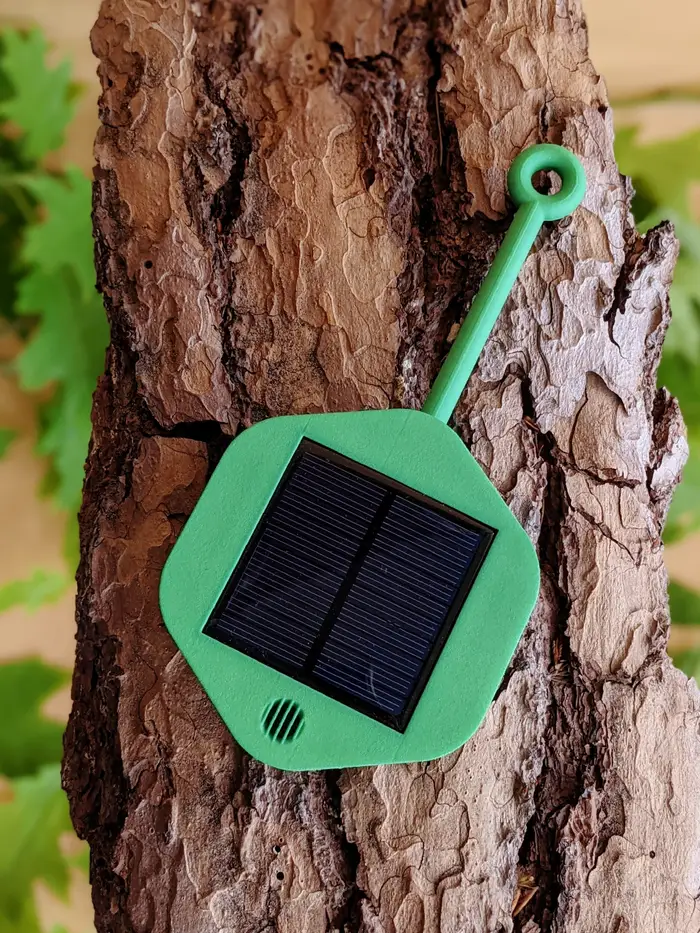
The Silvanet wildfire sensor uses AI to detect early signs of fires.
Building these sensors happened relatively quickly — but training the AI to work reliably took years. Every forest and tree species smells different when they’re burning, so we’ve gathered data from customers around the world and even burned tree samples in our lab.
Another challenge was powering the devices. Unlike with at-home IoT devices, replacing batteries in millions of forest sensors every two years isn’t feasible. We aimed for 10 to 15 years of battery life, added solar panels, and used supercapacitors to store power instead of lithium-ion batteries to avoid fire risk.
Finally there was the question of how the devices would communicate information. As you know if you’ve been hiking, there’s often no mobile network in the forest. To solve for this, we developed our own solar-powered mesh gateway that could connect to sensors via an IoT network and relay information back to a cloud platform.
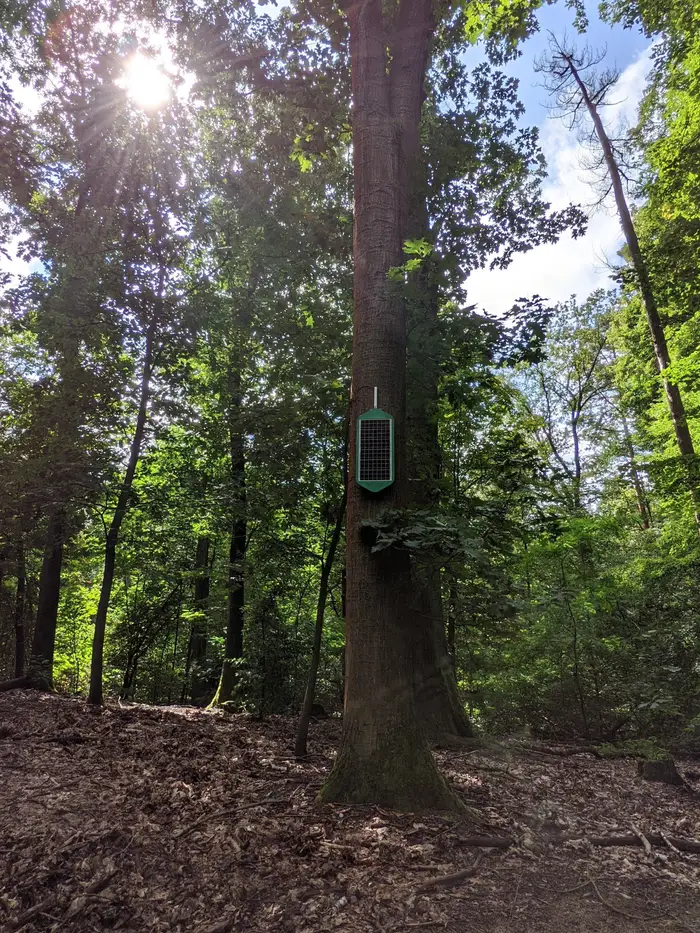
The Silvanet mesh gateway connects sensors to an IoT network.
Given how much technology needed to be engineered from the ground up — the electronics, the embedded software, the cloud platform, the AI — we started with a team of seven cofounders and took three years to develop the technology and another year and a half to prepare it to scale.
Proving value beyond money
A persistent challenge with green tech is that many solutions require hardware — something VCs traditionally avoid. Getting the necessary funding for development can be tricky.
Fortunately, there are now plenty of impact investors who prioritize making a difference on global issues. Yes, they also want to see that you can build a profitable business, but they’re willing to accept more capital requirements or a delay in return if you can prove your solution will have a meaningful and measurable impact.
Many green-tech companies claim wonderful things about what their solution will do, but they need to quantify it. When working toward our fundraising goal, we took months to calculate how many global CO2 emissions come from wildfires — a staggering 5 billion to 8 billion tons a year — and then project how much of that could be prevented with our sensors. Our financial plan includes those numbers to show the impact we can have alongside the money we can make.
A wealth of possibilities
Our ultimate goal is to develop applications that utilize the network infrastructure we put in place to protect and restore one of our most important assets: forests. The first is fire detection, but in the future we may add sensors that measure the environmental risk of fire before one even starts, monitor tree and soil health, and detect gunshots or chainsaws to prevent poaching and illegal logging.
I encourage other engineers and founders to get out of building the next smartphone and do something impactful with the knowledge they’ve gained. Getting into green tech is the best thing you can ever do — it’s rewarding financially and motivating to see that you’re building something useful.


